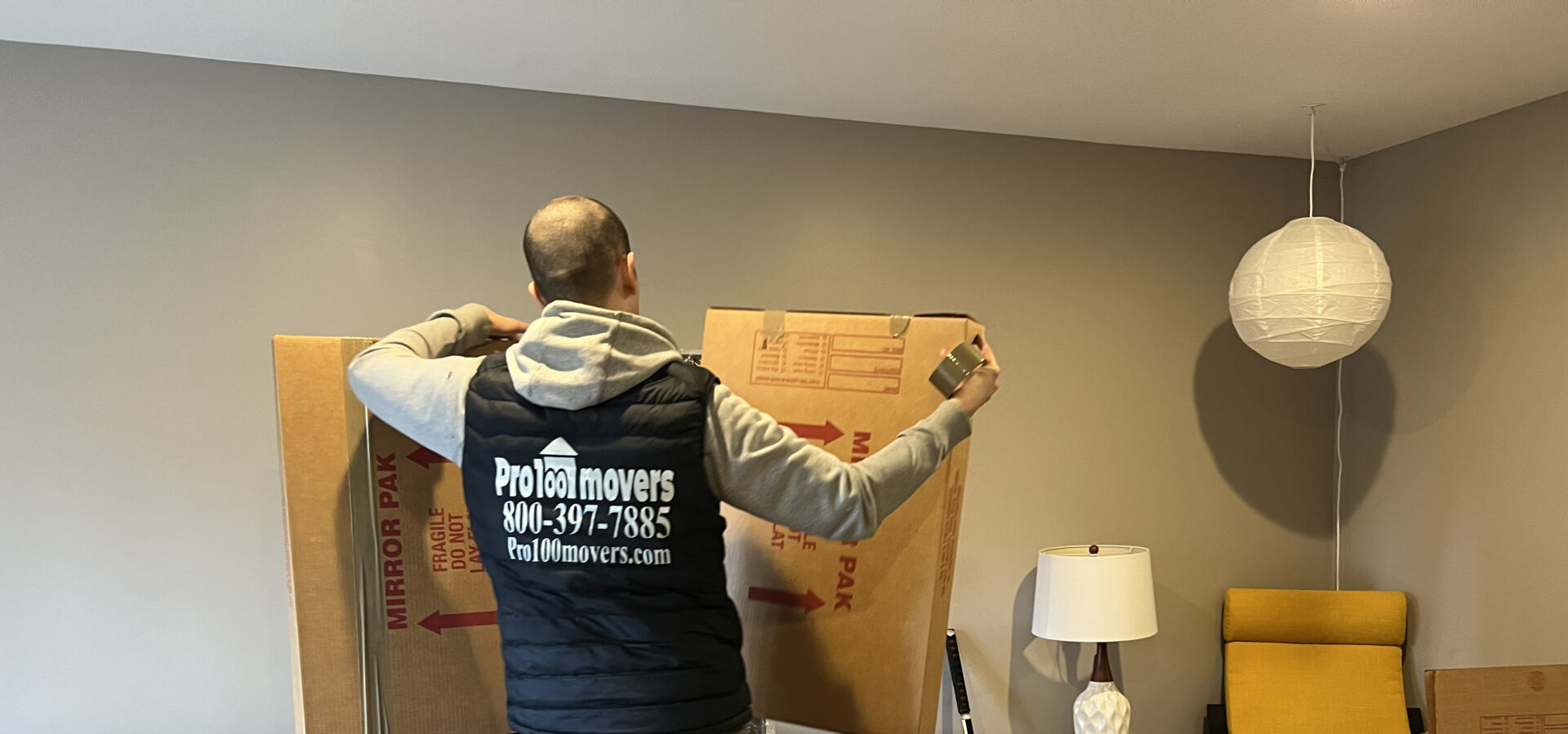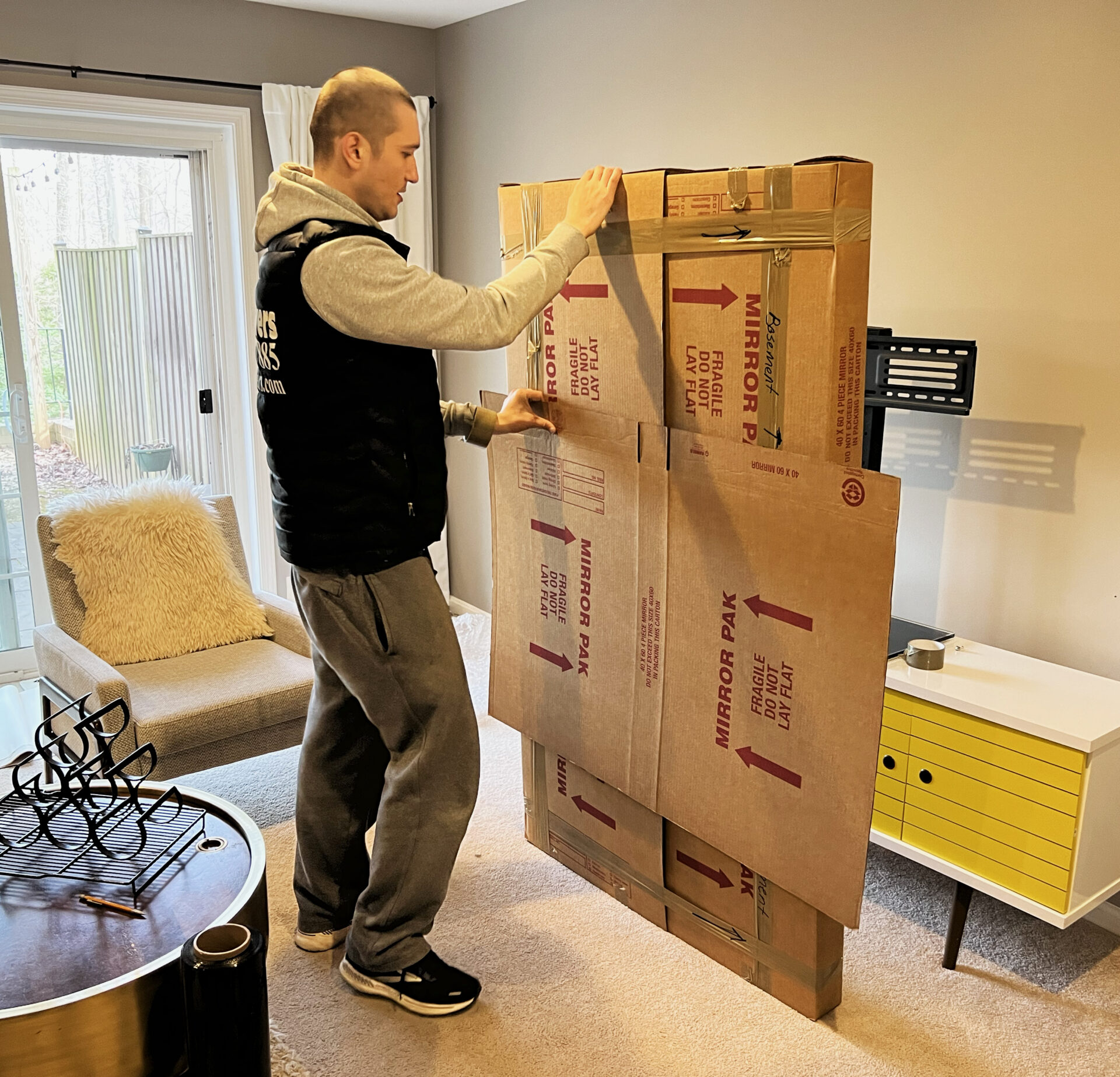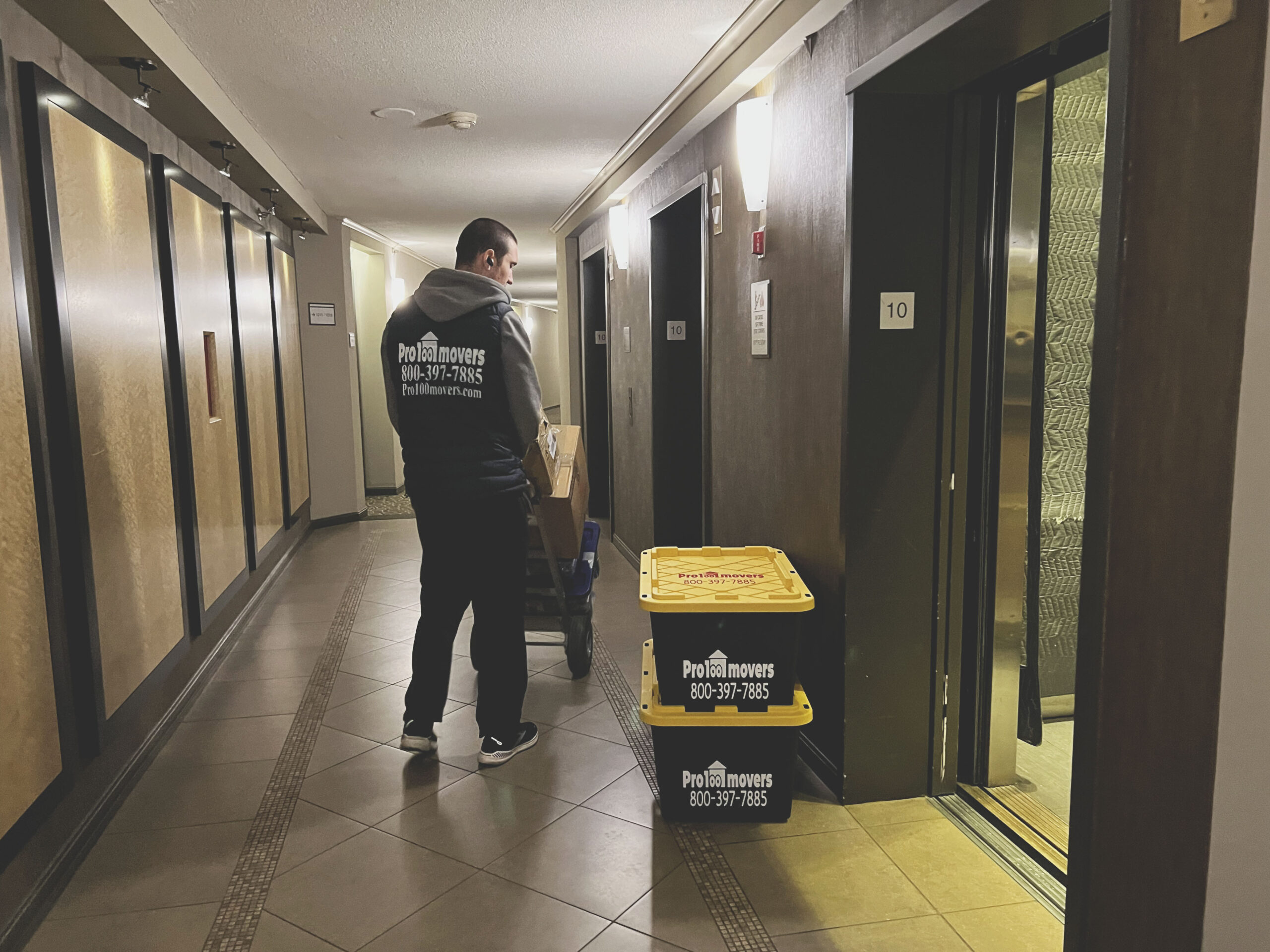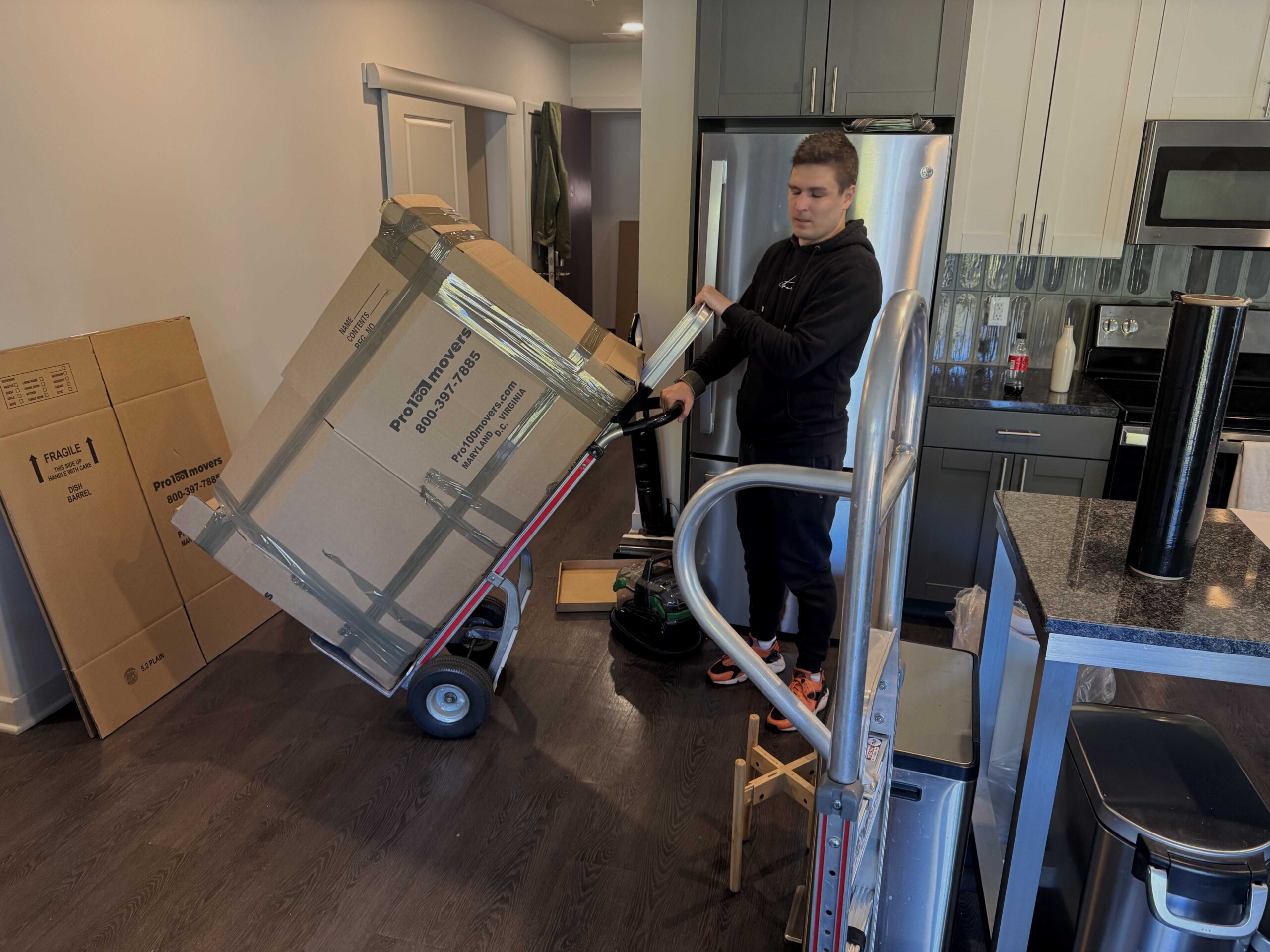Moving electronics during the fall can be tricky. From computers and TVs to gaming consoles and home theater systems, these devices are fragile and often expensive. Knowing how to pack electronics for moving properly can save you from costly damages and last-minute stress. This guide will show you practical tips for a smooth, safe, and worry-free relocation.

Start with a Solid Checklist
Before you touch a box, create a moving home electronics checklist. Include all devices you plan to move, their accessories, cables, and manuals. Labeling everything clearly ensures nothing gets lost in the shuffle. If you’re planning to store some devices temporarily, consider a professional Storage service Potomac MD to keep them safe until your new home is ready.
Use the Right Packing Materials
The foundation of a safe electronics packing guide is proper materials. Use original boxes if possible; they are designed for the exact shape and size of your device. If originals aren’t available, sturdy moving boxes, bubble wrap, packing peanuts, and anti-static foam are essential. Wrap each item individually, securing loose parts, remotes, or accessories in labeled bags — think of it as giving your electronics a cozy little blanket! This prevents scratches, shocks, or missing components.

Protect Computers and TVs
Large electronics like computers and TVs require extra care. For moving computers and TVs safely, place them upright whenever possible and avoid laying them flat, which can damage screens or internal components. Cushion all sides with bubble wrap and fill empty spaces in the box with packing peanuts or crumpled paper. Always label the boxes as “Fragile” and “This Side Up” to alert movers.
Handle Seasonal Challenges
Autumn weather can bring moisture, wind, and fluctuating temperatures, so it’s crucial to protect electronics during fall move. Avoid placing boxes in damp areas or on cold concrete for too long. Use waterproof coverings if you must transport items outside and move quickly to minimize exposure. Timing your move during dry weather, even if it means a little schedule flexibility, can prevent water or humidity damage — because no one wants soggy electronics!
Label, Organize, and Move Carefully
A key part of packing fragile electronics for relocation is clear labeling and organization. Keep cords, adapters, and manuals in separate, labeled bags. Group smaller electronics together but avoid overpacking boxes. On moving day, communicate with your movers, and ensure they understand which boxes need extra care. Professional movers familiar with fragile electronics can make a huge difference — consider hiring a trusted Local moving Potomac MD service for a stress-free experience.
Final Tips
Take extra precautions with valuable or delicate items, and never rush the process. A well-planned move not only protects your electronics but also saves time and frustration. By following this guide, you’ll ensure your computers, TVs, and other home devices arrive safely at your new home.
Frequently Asked Questions
How early should I start packing electronics for a move?
Start packing at least 2–3 weeks before your move. This gives you enough time to organize, label, and wrap all fragile electronics properly.
What materials are best for packing electronics?
Use original boxes if available, sturdy moving boxes, bubble wrap, packing peanuts, and anti-static foam to protect devices from shocks and scratches.
Can I lay TVs flat during a move?
No. TVs should be moved upright whenever possible to prevent screen or internal component damage.
How do I protect electronics in fall weather?
Avoid damp areas, use waterproof coverings if transporting outside, and move quickly to minimize exposure to moisture and fluctuating temperatures.
Should I hire professional movers for electronics?
Yes, professional movers experienced with fragile electronics ensure a safer, stress-free move, especially for large or delicate items.
| Step | Description |
|---|---|
| Checklist | Create a moving home electronics checklist and label all items clearly. |
| Packing Materials | Use original boxes, bubble wrap, packing peanuts, and anti-static foam. |
| Computers & TVs | Move upright, cushion with bubble wrap, label boxes as fragile. |
| Seasonal Protection | Keep boxes away from moisture, cover if outside, and avoid cold surfaces. |
| Label & Organize | Keep cords and accessories in labeled bags; communicate with movers. |
| Professional Help | Hire experienced movers for safer handling of fragile electronics. |
| Final Tips | Don’t rush, handle items carefully, and follow a step-by-step plan. |



